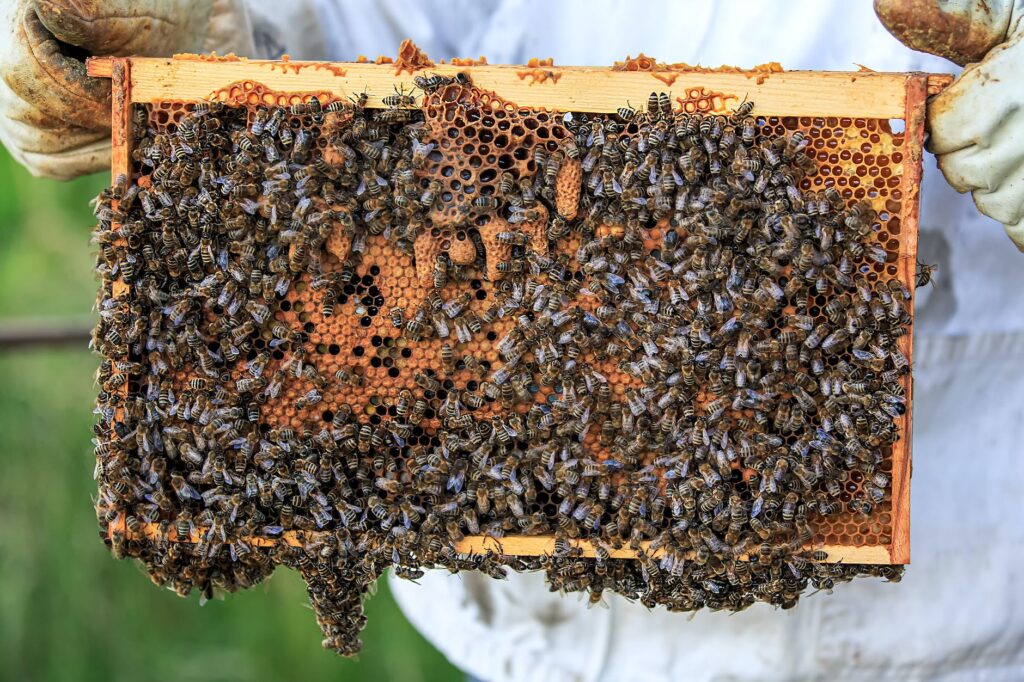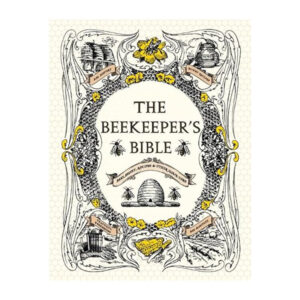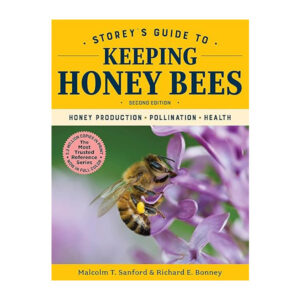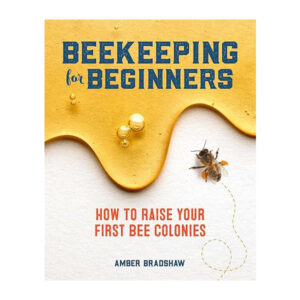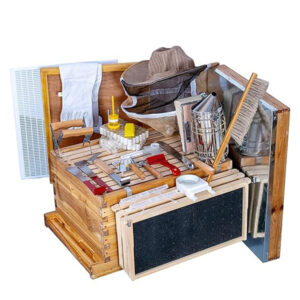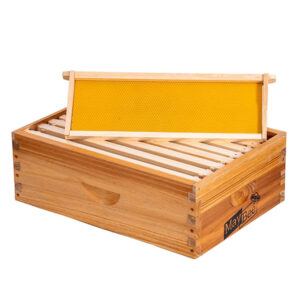What’s not to love about bees? They’re cute, fuzzy, and so important to our ecosystem. Before you get started, however, there are a few factors you need to consider. Keep reading for information on starting your own backyard beehive!
What do you need to know before bringing home your first bees?
Before you bring home your first bees, here’s what you need to consider:
How many hives do I need?
If you’re just starting out and want to try beekeeping, one hive is enough. This means fewer costs upfront (for example, fewer hives require less frames and equipment) and fewer bees (which means less work for you). However, many beekeepers recommend starting with two hives so that you can compare notes between the two colonies. The pro of one hive is that if something goes wrong with your bees—a disease outbreak or infestation—you’ll only have lost one colony instead of two or three! The pro of two or more is that the malady may only affect one colony and the stronger colonies can provide educational insights that might otherwise be lost. We started with one hive.
Do I need an experienced beekeeper as a mentor?
The answer here depends largely on where in the world your new hobby takes place: places like the United States and Australia don’t require any experience before getting started out as long as there aren’t any diseases present in the area; however places such as Europe require more experience so its important to find someone who can help advise how the process works locally.
If you do not have local beekeepers that offer courses and/or apprenticeship programs, these books are an excellent launching point. Click the images to purchase on Amazon.com.
Make sure you're ready for a commitment.
- Ready for a long-term commitment.
- Willing to learn about beekeeping.
- Ready and willing to take care of your bees even when they are not producing honey.
Beekeeping is a lot of fun, but it also requires some work. So before making a commitment to becoming a beekeeper, you should make sure that it’s something you’re willing and able to do. If you’re still interested in learning more about beekeeping, read on!
- Time commitment: Beekeeping is not a time intensive endeavor but it does involve a regular, and seasonal, cadence of commitment. If you’re going to keep bees, make sure your schedule can accommodate it.
- Financial commitment: Keeping bees requires some initial investment in equipment and supplies. If you’re not prepared for this up front, don’t get started just yet. I will list out the investment required below.
- Emotional commitment: Beekeeping can be stressful at times—especially if things go wrong with your colony or its environment (e.g., pests and diseases). Be prepared for ups and downs when working with these cuties!
- Physical commitment: Beehives and honey-filled frames require lifting and moving. Map out your beehive location and be prepared to hike out to the hive as needed and transport supplies to and from the hive.
Choose the right time of year.
The best time of year to bring home bees is when the weather is warm enough for them to survive, but not so hot that they won’t be able to fly. Spring and fall are the ideal times of year for beekeeping, because you can count on there being plenty of pollen in the air during these seasons. Summer is too hot for honey bees, since it’s difficult for them to find enough food then—and winter is too cold as well!
Purchase everything you’ll need before you get started.
- Beekeeping suit. When you’re working with bees, the first thing you need to know is that though docile in nature, honey bees can be aggressive if they feel threatened or are protecting their hive. Additionally, the suit will likely provide you with a sense of security and confidence that will result in a calmer interaction with the colony all around. Be sure to have beekeeping gloves with your suit!
- Beekeeping veil. These days, many suits come with a built-in veil, but if your suit does not have one, or you opt against a beekeeping suit, this is a must. A bee sting to the eyelid or cornea can cause serious damage. Pro tip: wearing a ball cap under the veil will prevent the wind from blowing the mesh into your face.
- Smokers and smoke pellets. Smoking a beehive will disrupt their alarm pheromone from transmitting throughout the colony, keeping the bees calm, and it also sends a signal that the hive may be on fire so the bees consume honey in preparation for the need to evacuate and build out a new hive. With bellies full of honey, it is much more difficult for bees to curve their bodies to sting.
- Beekeeping Tools. There are a lot of options here, but most importantly are a frame holder and a J-hook. You’ll need the J-hook to pry the frames out of the box for inspection and the frame holder, which attaches to the deep box, to hold at least one frame while you inspect the others. Additional tools for extracting honey will be needed by time of first harvest.
- Beehive. To start, you’ll need a deep box, frames (8 or 10 frames depending on the size of the box), queen separator, inner cover, telescoping cover, and entrance reducer. We also suggest having a honey super box ready to go—more about this below.
- Feeders. A new colony is likely to need some support in getting established. Feeders like an exterior mason jar feeder or an interior frame feeder enable you to supplement with a 1:1 sugar water mixture to help as they build out their own honey stores.
It can be overwhelming picking out all of the supplies needed for your first beehive. I started with this kit from MayBee and I have been super happy with it. So much so that I have stuck with the brand for our additional hives this year. The full kit is $159.99 for 8 frames and comes with the suit, veil, gloves, complete deep box setup, and a full set of tools.
I recommend order a honey super box right away as well. Swarms happen when a colony maxes out the space available in a beehive. Having the honey super on hand ensures that you are ready to give them more space when they need it.
After bringing home our second, third, and fourth colonies with a bumpy trip to the beeyard, I was stung once by a bee in each colony in my orginal suit. My new recommendation is to wear thick layers under an intro suit, or what I really recommend is to take the leap and buy the good suit now. Save your confidence and save yourself some swelling. Invest right away in an Ultra Breeze beekeeping suit complete with three layers of mesh to keep you both protected and cool. It's made all the difference. Don't forget to a ball cap underneath your suit to keep the mesh away from your face!
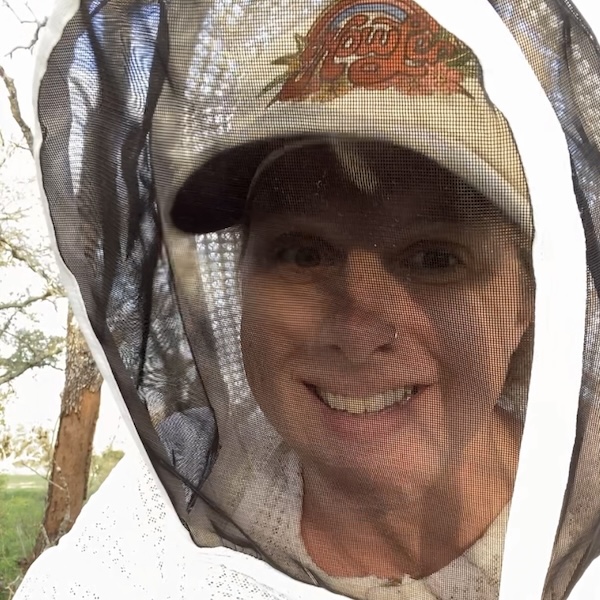
And of course, order your honey bees!
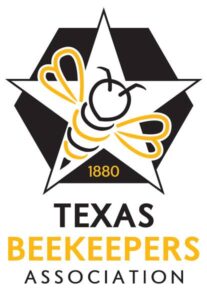
If you live in Texas, head on over the the Texas Beekeepers Association website to find your local chapter for resources on purchasing bees and beekeeping in your area. Your local association is also a great place for resources on classes, workshops, and apprenticeship programs.
Our first colony was purchased from Texas Honey Bee Farm in Dripping Springs.
